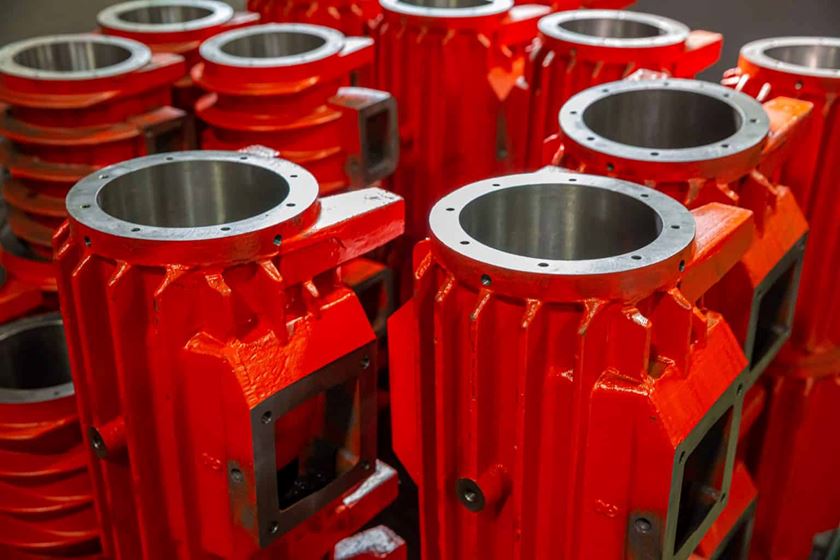Sulfamate Nickel Problem
How can I reduce the chloride content of our sulfamate nickel plating solution?
Q. We have a problem with our sulfamate nickel plating solution. Our analytical tests show the chloride content to be 10.15 g/L, but our control limits are 3-9 g/L. What can I do to reduce the chloride content? What will happen if the chloride content is too high? What caused the chloride content to increase?—A.W.
A. The use of chloride ions in the sulfamate nickel bath has been debated for many years. Many sulfamate baths are formulated with nickel chloride to aid in anode efficiency.
The simplest way to reduce your chloride concentration is to dilute the bath and then bring other components up to the required concentration. As the chloride concentration increases, the tensile strength of the nickel deposit will increase. This also will increase the stress in the deposit and, in turn, can cause cracking, etc. The concentration that you report (10.15 g/L) is on the high side and should be reduced.
The elevated chloride concentration can be caused by a number of things: 1) An incorrect addition of nickel chloride, 2) using make-up water containing chloride ions, 3) using hydrochloric acid to control pH, or 4) drag-in and drag-out issues.
RELATED CONTENT
-
Blackening of Ferrous Metals
The reasons for installing an in-house cold blackening system are many and varied.
-
Zinc Electroplating
Choosing the best process for your operation.
-
Sizing Heating and Cooling Coils
Why is it important for you to know this?
















